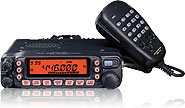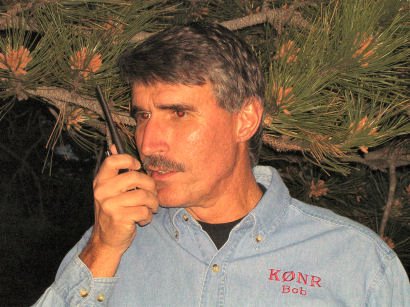
The Rocky Mountain Division of the
ARRL has established a
new web site to aid in communications with the membership. It looks to be a great place to find out about regional ham radio events, including local hamfests.
Jeff Ryan
K0RM is the Section Manager for the ARRL Colorado Section. Jeff has recently created a
web site for the Colorado section of the ARRL.
Speaking of hamfests, the
2008 Division Convention will be held July 11-13 in beautiful Bryce Canyon, Utah. Count on there being excellent forums, equipment sales, fun competitions, great eyeball QSOs, and wonderful food, all at a gorgeous venue, and all in the company of hams from around the Division and beyond!
It is not too early to start thinking about
Field Day (June 28-29). The ARRL has published the
updated rules for this event. Although FD is run like a contest, it really is more of an "operating event," with lots of opportunity to socialize, provide publicity, have family activities and pull in non-hams. Oh, yeah, and it might even help with emergency preparedness.
I like the Field Day logo this year....with the theme of "Ride the Waves". That insect/bug thing last year really missed the mark. I might even buy a Field Day T-shirt this time.
- 73, Bob K0NR
 I have this blog configured so that all comments are moderated. It seems that without this, spammers and scammers like to post all kinds of useless stuff. So when you post a comment, it may take a day or two for me to notice it and process it. (It depends on my schedule, of course.)
I have this blog configured so that all comments are moderated. It seems that without this, spammers and scammers like to post all kinds of useless stuff. So when you post a comment, it may take a day or two for me to notice it and process it. (It depends on my schedule, of course.)




